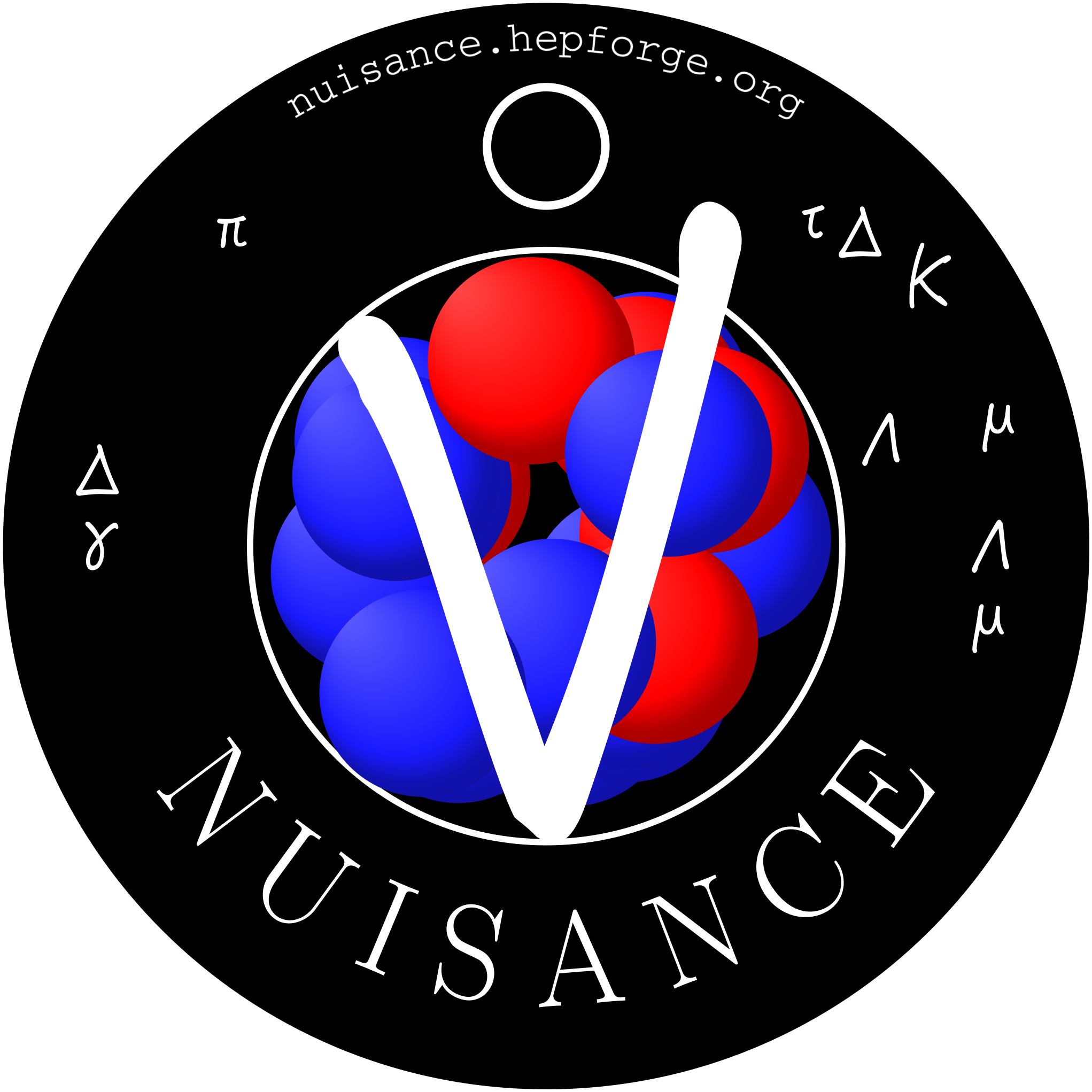
NUISANCE
NUISANCE provides a coherent framework for comparing neutrino interaction generators to each other and external data.
NUISANCE can also tune cross-section parameters in the generators to available data, and make uncertainty bands against data. There is also a utility to make generator-agnostic flat-trees for easy generator-generator comparisons. For a list of tutorials, see the tutorials page and the tutorials part of the talks page. We have over 440 cross-section measurements publicly available for GENIE, NuWro, NEUT and GiBUU. For the full list of distributions, see here. You can find the code on github. If you want a taste of what NUISANCE comparisons may look like, see the interactive page, where you can overlay different generators for different measurements, using pre-generated events. For more information, see a recent talk by us. The NUISANCE slack: nuisance-xsec.slack.com. If you want access without a @fnal.gov email address, please email us. Authors (alphabetical): Luke Pickering, Patrick Stowell, Callum Wilkinson, Clarence Wret. Installing NUISANCEDocumentation on the NUISANCE installation procedure is available here. We also provide a container with GENIE, NuWro, NEUT and NUISANCE prebuilt, with a detailed set of tutorials, from the NuInt 2024 school. The slides are here, and the tutorial readme is on github. For a tutorial on using the flat trees, see this talk. Citing NUISANCEIf you're finding NUISANCE helpful and publish results using it, please cite it accordingly. The page citing NUISANCE has the citation in different formats. NUISANCE FeaturesMultiple Generator InputsNUISANCE can currently handle inputs from the following generators:
Raw Generator ComparisonsThe structure of the NUISANCE core classes promotes consistent comparison of different generators by converting each format into a common NUISANCE event format. Tools are included to convert these events into simple 'flat tree' formats that can be analysed with ROOT alone.
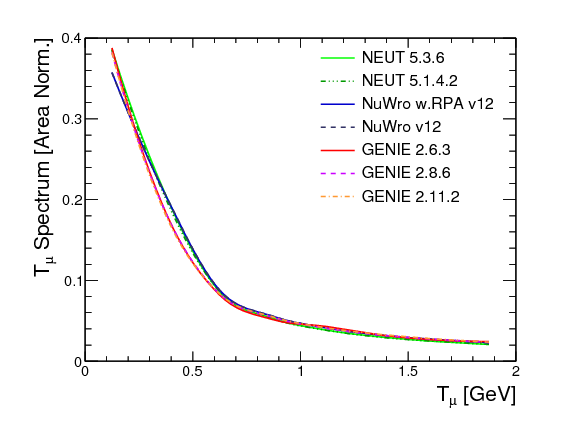
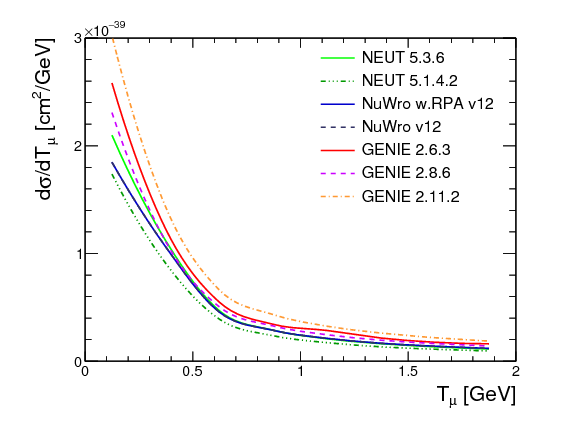
(left) Shape comparison. (right) Normalised cross-section comparison. Data/MC ComparisonsThe NUISANCE tool "nuiscomp" can be used to generate comparisons of any of the different generators supported and any dataset class already implemented into the framework.
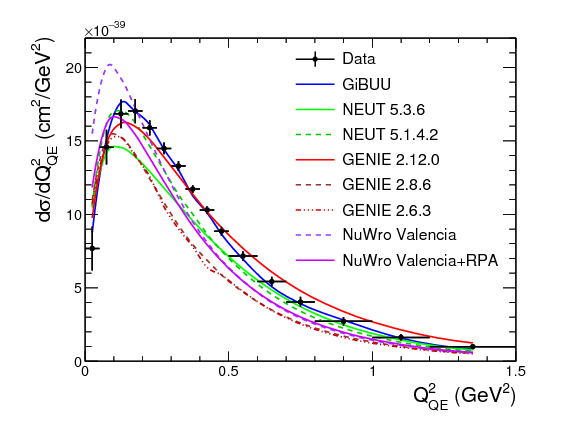
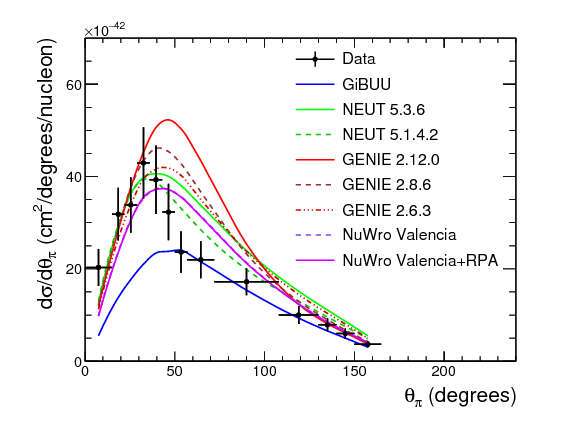
(left) MiniBooNE CCQE numu. (right) MINERvA CC1pi numu. Automated Parameter TuningGenerator ReWeight dials can be provided to NUISANCE to produce modified cross-section predictions. The "nuismin" application interfaces these reweight dials with ROOT's minimizer libraries to support automated model parameter tuning using various possible parameter estimation routines.
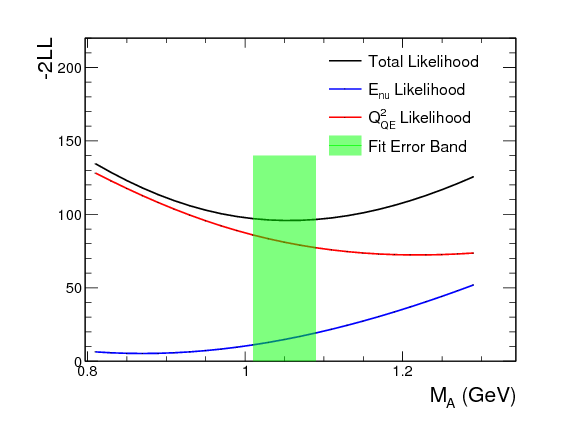
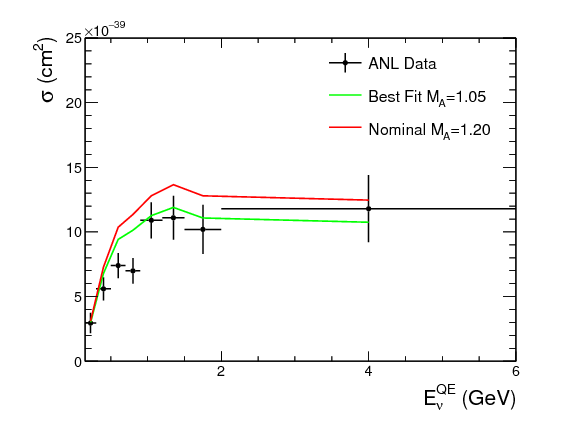
(left) Likelihood Scan. (right) Enu ANL Cross-section Data. Cross-section Systematic ToolsThe NUISANCE tool "nuissyst" is provided to support the study of cross-section systematics for neutrino experiments. Different routines are implemented to validate reweight parameter responses and generate systematic error bands from arbritrary covariance matrices for those parameters.
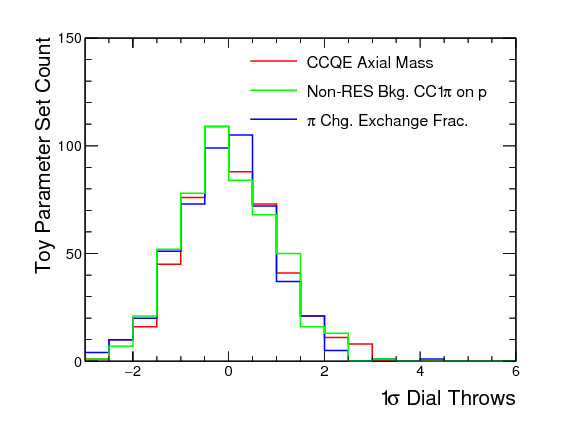
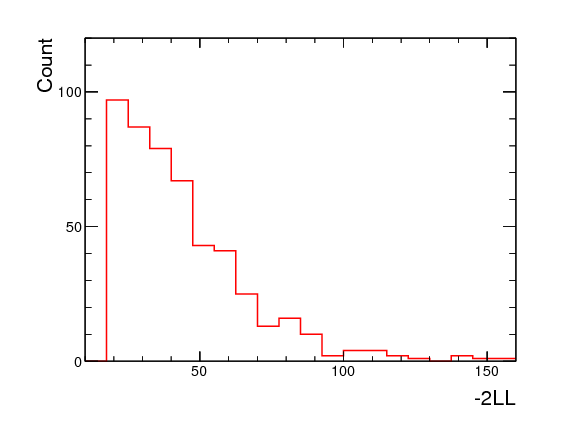
(left) Example 1-sigma reweight dial variations. (right) Likelihood distribution for all toy throws.
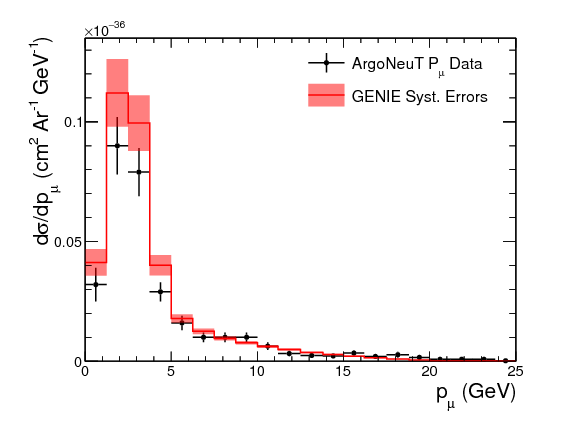
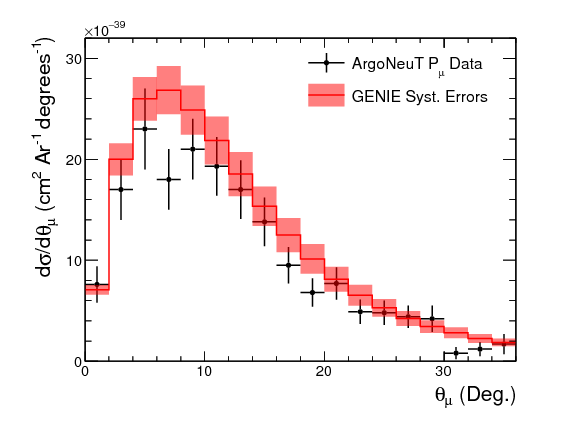
(left) Muon Momentum. (right) Muon Angle. |